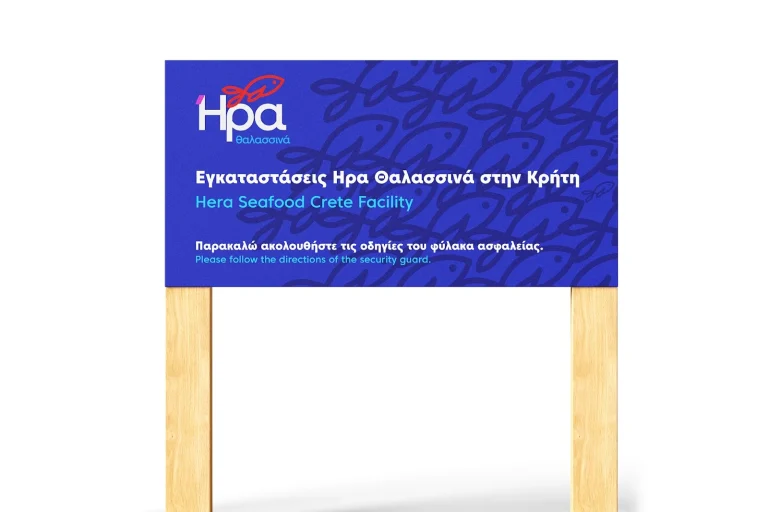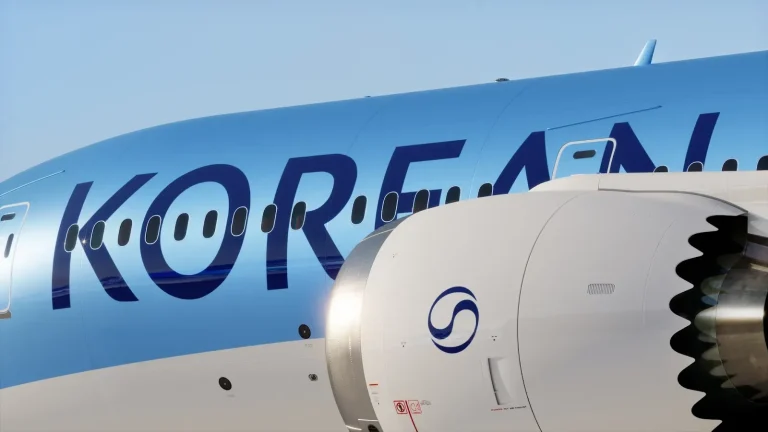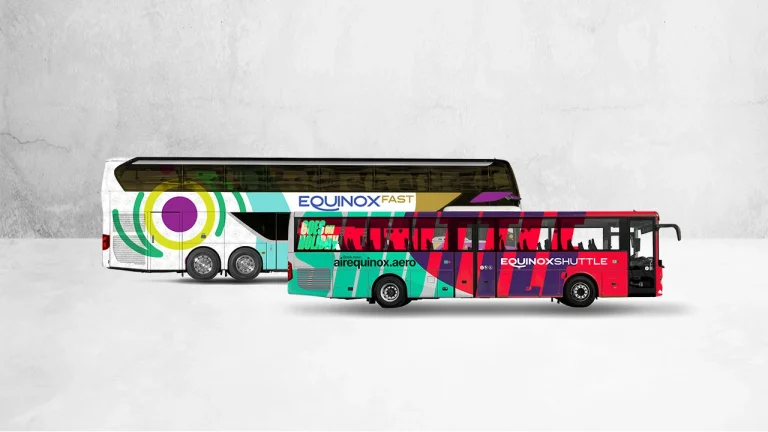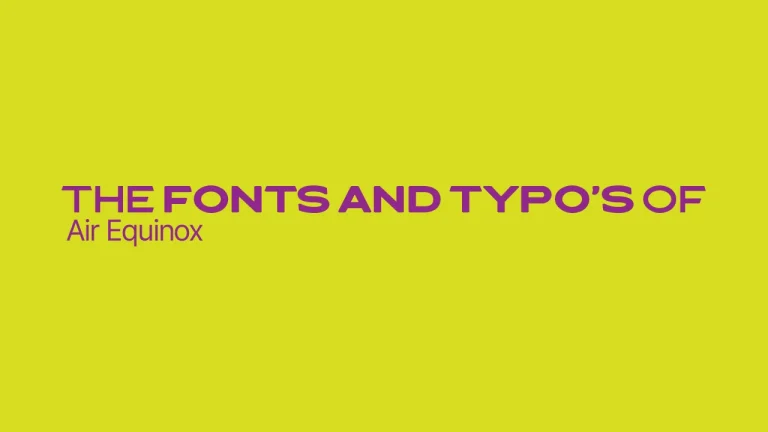I was seven years old when I first encountered the show Power Rangers, and I couldn’t wait to get home from school until four o’clock. After its premiere in 1993, Power Rangers quickly became a favorite among kids, teenagers, and even adults alike.
Power Rangers is the American adaptation of the Super Sentai series, which has aired in Japan since the 1970s. A group of young people, clad in colorful, shiny fabric costumes and helmets, battle evil, sometimes one-on-one and sometimes using large robots called Zords. Of course, the good guys always win.
With its action-packed and lengthy fight scenes, a cast of heroes representing diverse personalities, and alien enemies as fantastical as they seem strange, the Power Rangers quickly became popular, especially among children and teenagers.
A key distinguishing feature of the Power Rangers from other superheroes in the same era was that they were all adults. The fact that the Power Rangers regularly attended school and attended classes, as well as fought against villains under a secret identity, helped connect the show to a wider audience.
First encounter with a “merch”
The most significant thing that captivated children and young people about this series was their ability to identify with the Power Rangers characters. There were always one or a few kids in classrooms who thought they were Batman or Superman, but never before had so many children felt part of a TV show.
That same year, a unique Power Rangers team was formed in every school and every classroom. The primary activity among the young students during class was to repeatedly review the events and scenarios from the previous day’s series, conduct comprehensive analyses of the series and its characters, and argue among themselves over who would be which character.
At the first break in every Monday, new Power Rangers members were chosen, and everyone in the class would nominate the red one, once the group’s leader. The child who had chosen the red that week could instantly kick out anyone they had a personal grudge against or simply annoyed and replace them with someone else. This favoritism led to the formation of multiple teams within the same class. Instead of fighting the villains, the groups would fight amongst themselves, and so on.
While these conflicts and desires for leadership continued within ourselves and in our imaginations, something else suddenly happened.
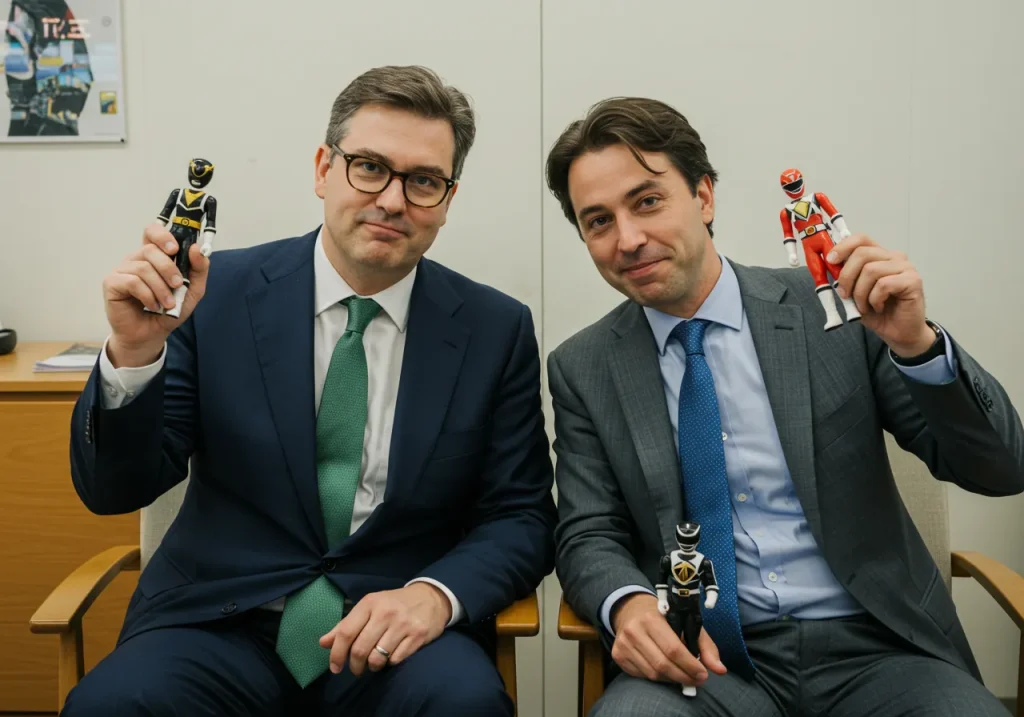
During my orientation to elementary school, they would let us bring a toy from home on certain days of the month. On one of the toy days, a toy I’d never seen before, a familiar yet intriguing one, appeared in the hands of one of the popular kids in the class: a red Power Rangers figure.
It was like a dream, a vague memory, but I’m sure I was very excited.
A figure from the show I eagerly awaited every day on television — the one I most identified with — had leapt out of my classmate’s bag and landed on the wooden desk in front of him. We all surrounded him, staring at his toy with sparkling eyes.
A few children, probably unable to control themselves, went to the friend’s desk, and the friend who owned the toy continued playing, pleased with the attention he and his toy were receiving. This is a bit of a scenario.
Anyway, back to the present day…
For many, the transformation of the Power Rangers into a massive merchandise, complete with colorful costumes, similar yet thrilling action sequences, and a generously infused theme of friendship, began like this: plastic figures, only ten to fifteen centimeters tall, with a helmeted head emerging from a hatch that opened when you pressed their belly.
The plot and characters captivated people so much that Power Rangers-themed figures, toys, accessories, apparel, and video games became not just an expression of admiration for the series, but a way of life.
Before continuing, I think it’s important to explain what merchandise is.

A versatile tool that connects screens and real life with powerful connections
Merchandise (or simply merch) is a general term that refers to products created to increase awareness of a brand, film, television series, or even a music band and foster a deeper connection with their followers.
Among these products are toys, clothing, accessories, stationery, and desktop and offline community games and quizzes, all of which can be purchased physically. Other type of merch that shouldn’t be overlooked include computer games, wallpapers, licensed audio, and other digital products, as well as the relatively new concept of NFTs.
Merch allows a production to emerge from the screen and find its place right in our living spaces, ensuring a constant interaction with the subject.
This is the fundamental purpose of creating merch: to transform what the audience sees on screen or stage from something merely viewed into something purchasable, tangible, and immersive.
As in the Power Rangers example, when a child buys a toy inspired by the series and begins playing with it, they re-enact the stories in the series, identify with the character in their hand, and eagerly await the next episode; they begin to live within the universe created by the series every moment of the day.
This should be the ultimate desire a brand can have for its target audience.
When someone wears a T-shirt or simple pin bearing the name of a band or singer, they identify with that music or the performer, creating a story for themselves based on how they acquired the T-shirt.
Here, we’re talking about brand integration and establishing a connection with the brand.
From a marketing communications perspective, merchandise is a good and effective way to increase brand visibility and ensure consumer penetration.
Every piece of merchandise purchased by a consumer serves as a billboard for the intended product ensuring the TV series, movie, or music group continues to exist not only on screen or stage but also in the daily lives of viewers.
This visibility provides a significant advantage to brand managers in fostering brand awareness, brand loyalty, and long-term brand loyalty.
Power Rangers was the first TV show to demonstrate to communicators the importance of merchandise as a marketing channel. There were other TV productions before this series, but the Mighty Morphin Power Rangers season, in particular, saw the franchise’s toy market reach nearly $1 billion, overwhelming its competitors.
By its second season in 1994, Power Rangers branded products dominated nearly half of the entire toy market, far surpassing other franchises released during the same period. In fact, Power Rangers’ merchandise revenue in 2016 reached approx. $900 million.
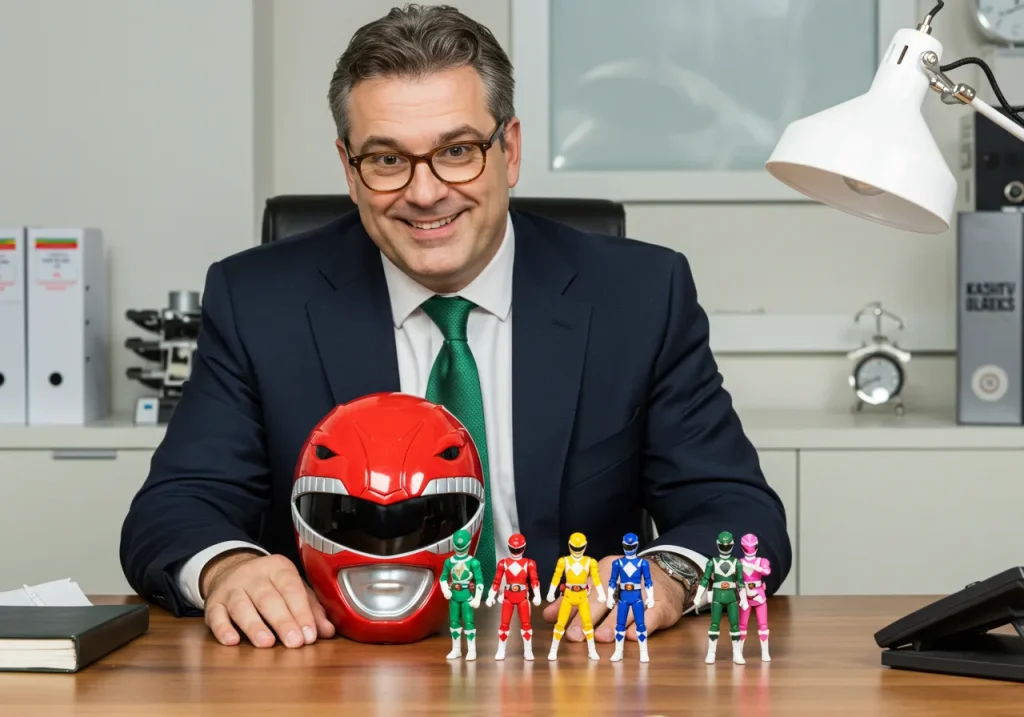
Metallic armor, power up!
Power Rangers stands out as one of the first to adopt a marketing style we’re still familiar with today.
The show’s core characters, their costumes, the Zords — robots each associated with an animal — that kept the show’s focus on the show and gave a nod to the Transformers, their enemies like Rita Repulsa and Lord Z, and the villains who led them were recreated every year, thus refreshing the cast.
This “visual” refresh also meant a complete overhaul of the merchandise, the design of new toys and accessories, and other brand-new licensed products.
Therefore, these seasonal innovations also paved the way for new figures and other merchandise to be sold to the show’s fans each season, and Power Rangers marketers discovered that this seasonal refresh strengthened, rather than weakened or broken, the bond they established with consumers.
Another major industry embracing this marketing behavior these days is mobile phone manufacturers, who update their models every year with virtually no significant innovation. We’ll discuss this in another article.
Power Rangers represents a significant turning point in terms of its overthrow of traditional advertising and marketing.
Until this era, advertising focused solely on promoting a product. After Power Rangers, the story and the product began to become integrated.
Children in the target audience, purchasing a Power Rangers figure, not only acquired a colorful figure but also became immersed in the story, reliving scenes they’d seen on TV over and over again, becoming their own heroes.
In a world of advertising that had previously focused on promoting a product or service, the Power Rangers themselves became a marketing tool. Children could find the heroes they saw on screen at toy stores, transform themselves into their favorite characters by purchasing their costumes, and immerse themselves in the story by playing playing cards or licensed arcade games.
Almost everything seen on TV was available for purchase: figures of the Rangers, villains like Rita Repulsa and Lord Z, the Zord robots the Rangers used, the character accessories, and even the satin suits made of synthetic fabrics that today seem gruesome.
Interactive shows featuring the characters who portrayed the Rangers on TV, autograph sessions, and a variety of other activities did a great job of bringing the Power Rangers world closer to reality. This approach is important because it instills in children the idea that they can own something they see on screen.
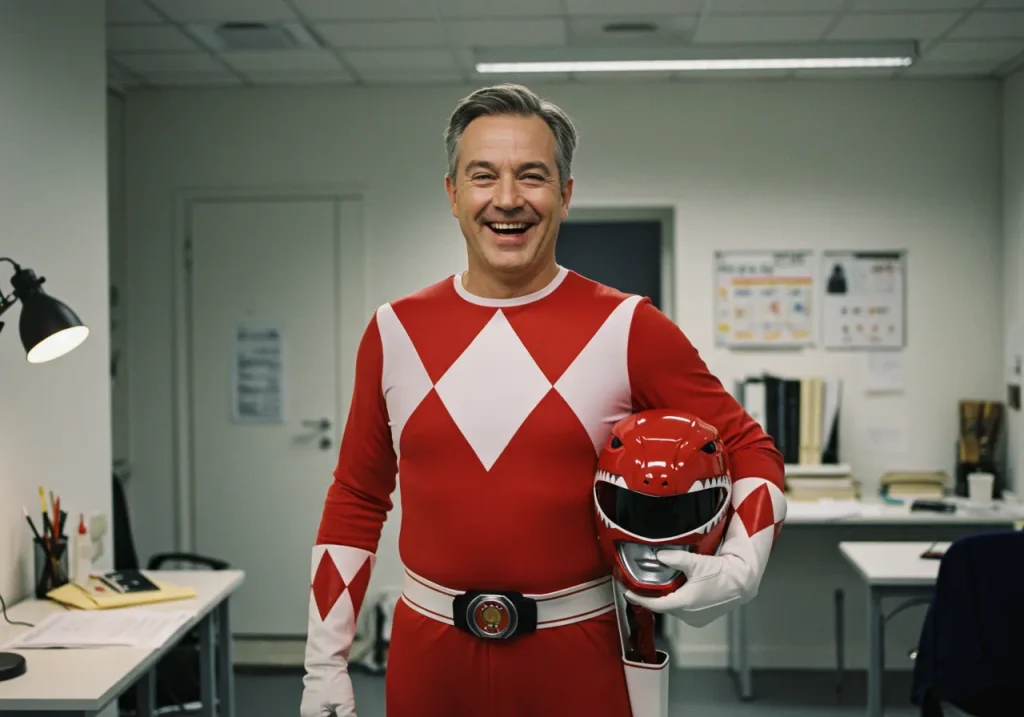
Creating a sustainable brand ecosystem
Power Rangers is now a prominent brand within the portfolio of a major toymaker like Hasbro, and it represents much more than just a group of teenagers fighting evil in tight, satiny, synthetic-looking tights from its initial launch; it represents a sustainable brand ecosystem.
Timeless retro figures, highly collectible items, apparel, and other inspiring products that can easily be integrated into everyday life continue to appeal to adults and children alike.
It’s important to remember that the kids who used to sit in front of the TV after school and wait for the Power Rangers have grown up, now earn their own money, and spend it however they want. This could be a car or a retro Power Rangers figure.
Power Rangers is a successful demonstration of how marketers can connect TV shows to real life, and it paved the way for other animated series like Pokemon and Digimon to follow suit and penetrate the lives of their audiences.
While initially low-budget and lacking in technical infrastructure, Power Rangers offers a compelling example of how to develop the right products and establish a strong connection with a target audience through a well-planned, multifaceted marketing strategy.
Today, regardless of platform, series, movies, and music groups come with a wide range of merchandise, from figures and toys to accessories and apparel. This path, in which Power Rangers represents a significant milestone, represents a viable source of income for content creators and artists.

